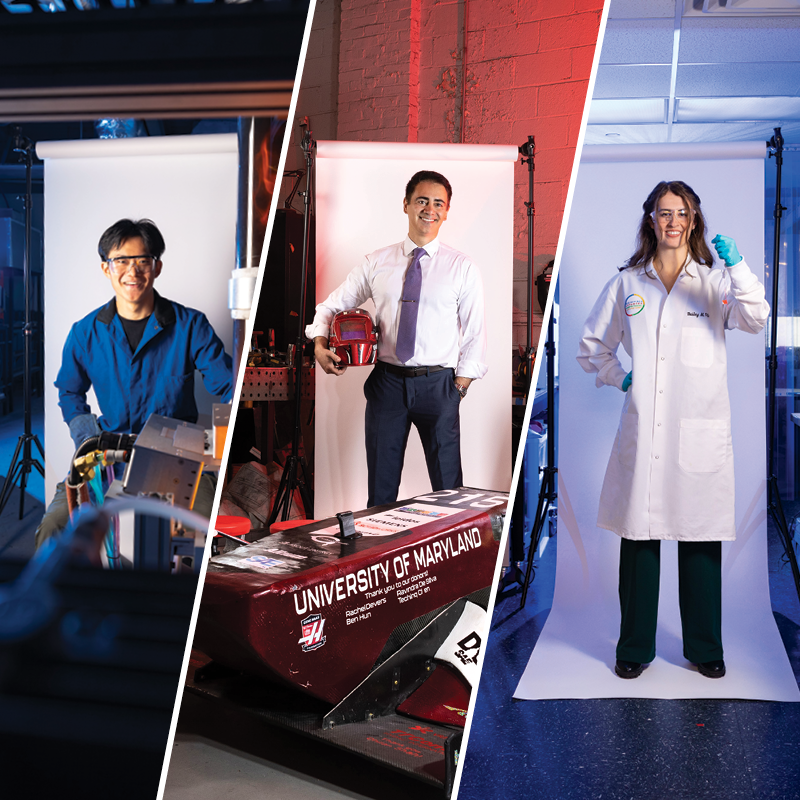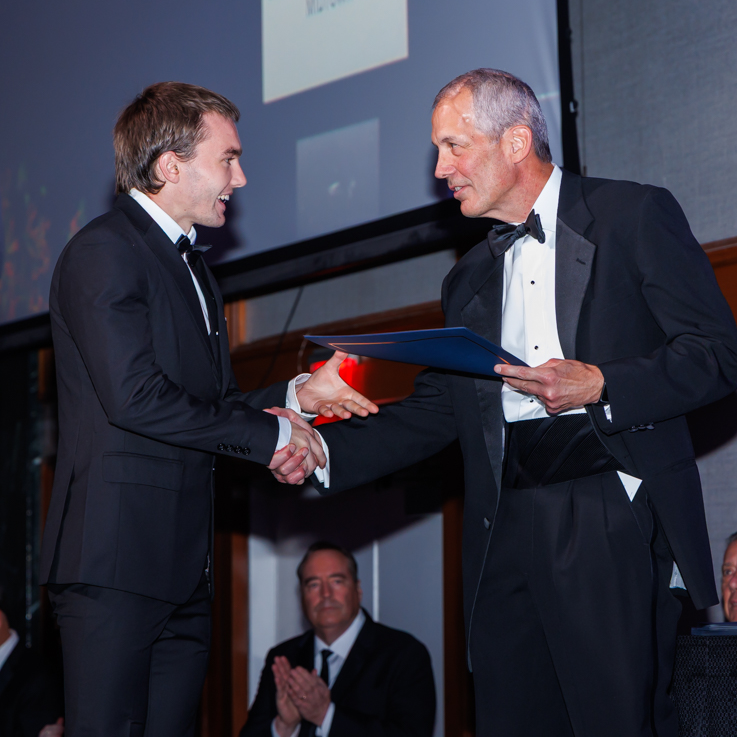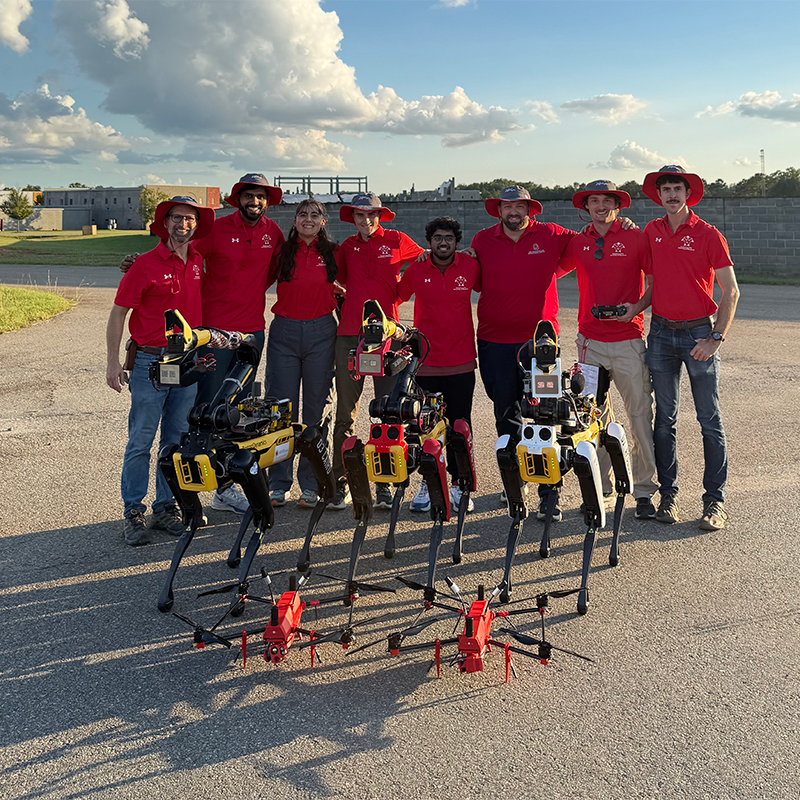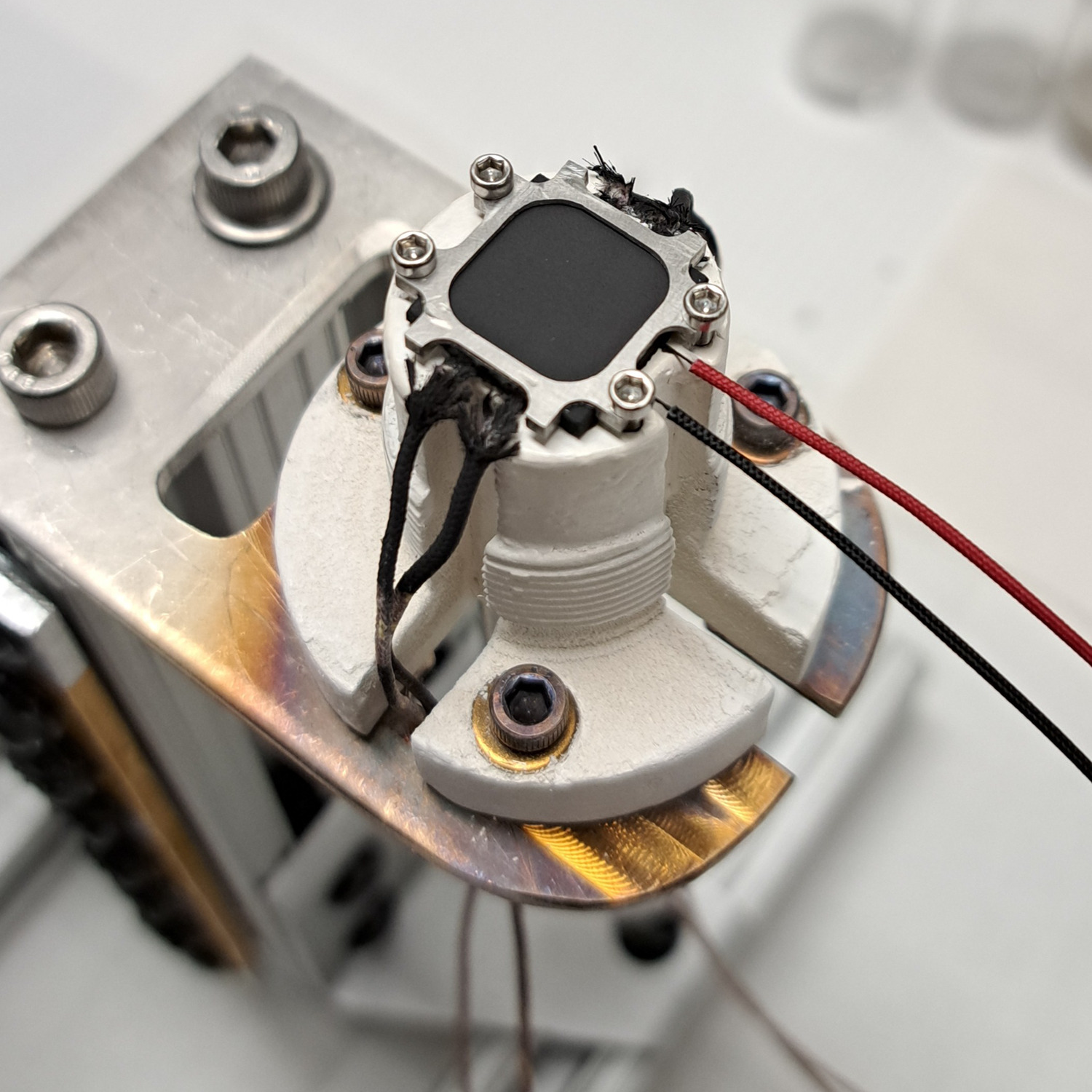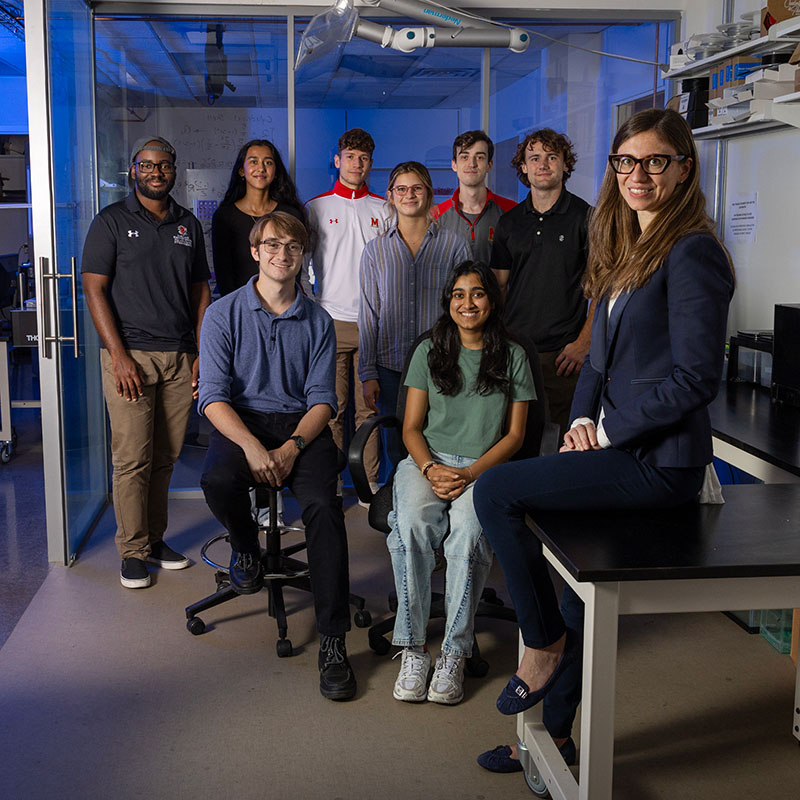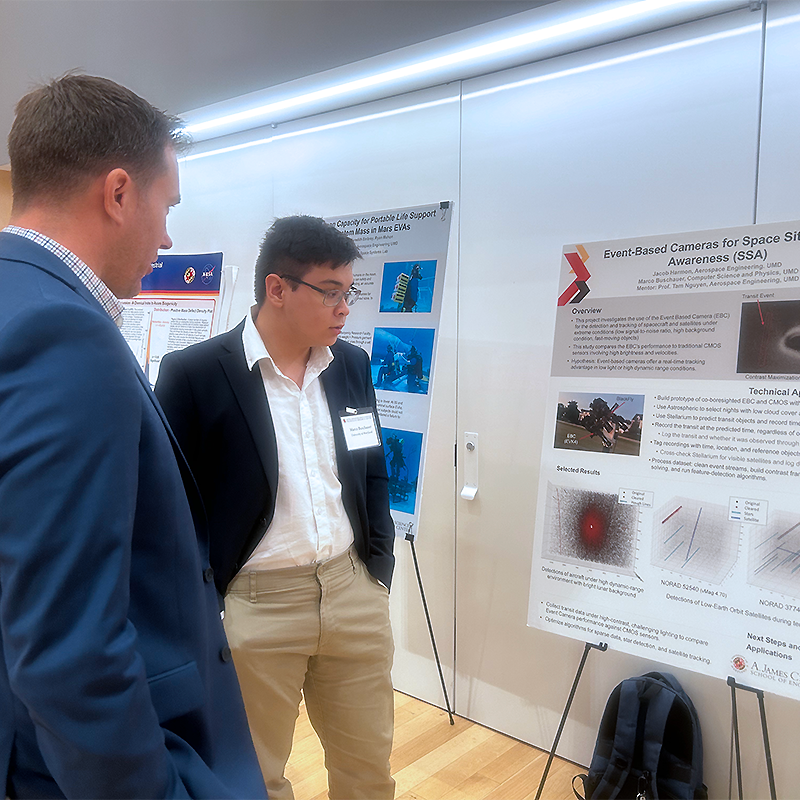News Story
UMD Morpheus Lab sets new precedent at AFRL Indoor Flight Test facility
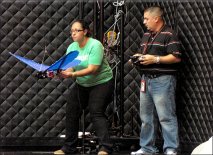
The Morpheus Lab’s ornithopter, named Lilienthal, or “Lili” for short, was equipped with 53 reflective markers, which were necessary for the MAV lab’s 60 Vicon cameras to document a thorough record of Lili’s in flight wing kinematics. Lili set a new precedent as being the largest flapping wing vehicle to fly in the Air Force Research Lab (AFRL) MAV lab.
According to Wissa: “The goal of the tests was to improve flight performance using a novel passive wing morphing technique developed by the Morpheus Lab and the Engineering Design and Optimization Group (EDOG) at Penn State.” Morphing was achieved using a compliant structure, which mimics the function of an avian wrist. The compliant mechanism could save up to 45% of the power consumption of the vehicle thus proving beneficial for the ornithopter’s range, endurance, and payload metrics.”
UAV’s such as ornithopters are multi-mission platforms and have both civilian and defense applications. They are useful for surveillance, reconnaissance, and in some instances recovery. Beyond the theater of war, they may be employed to fight wildfires, conduct search and rescue, and collect atmospheric data.
Published October 10, 2012

